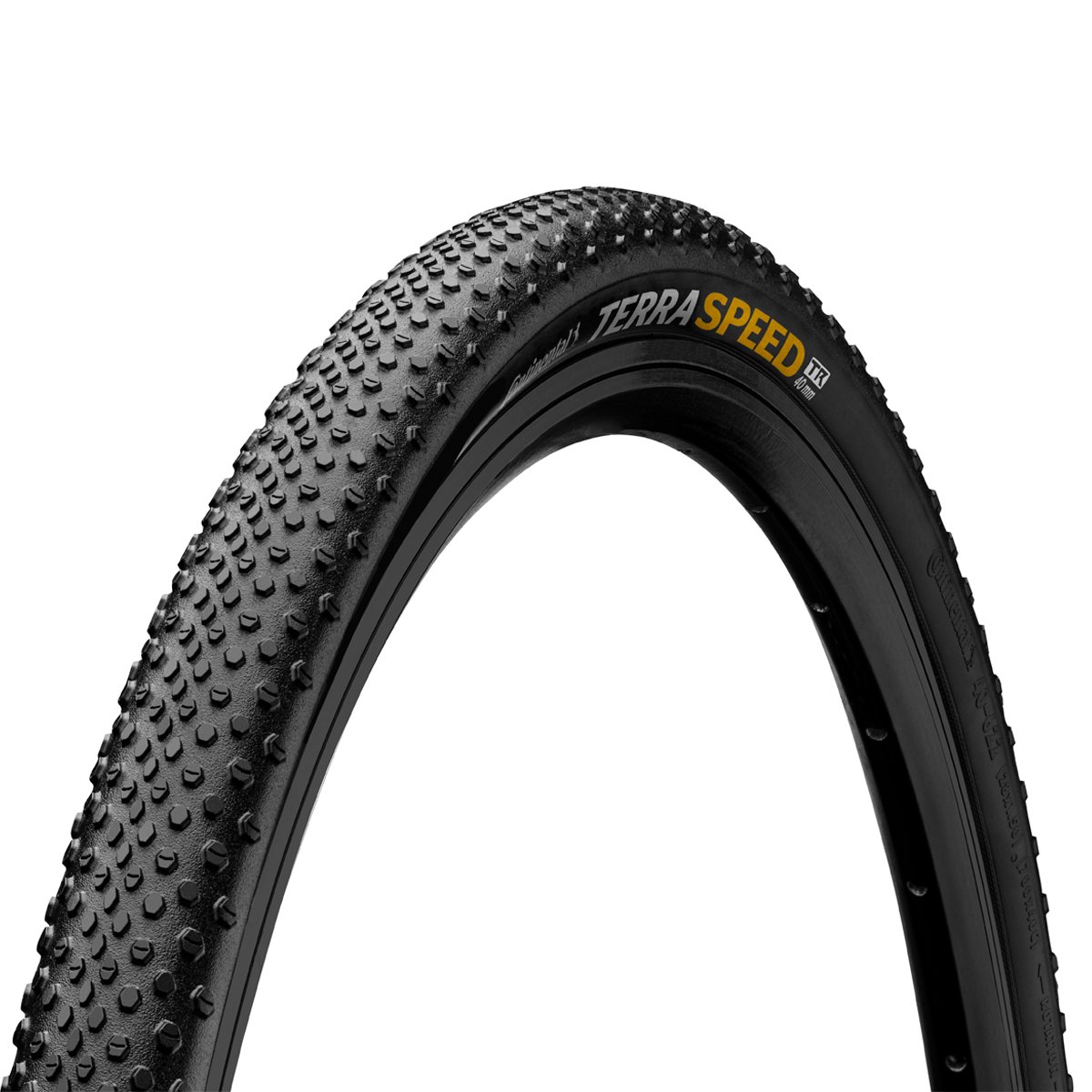Cyclo Cross
-
Rendezés:
-
-
-
-
-
-
-
-
-
- További szűrők less filters
20 Keresési eredmények
;BackgroundColor=ffffff)
;BackgroundColor=ffffff)